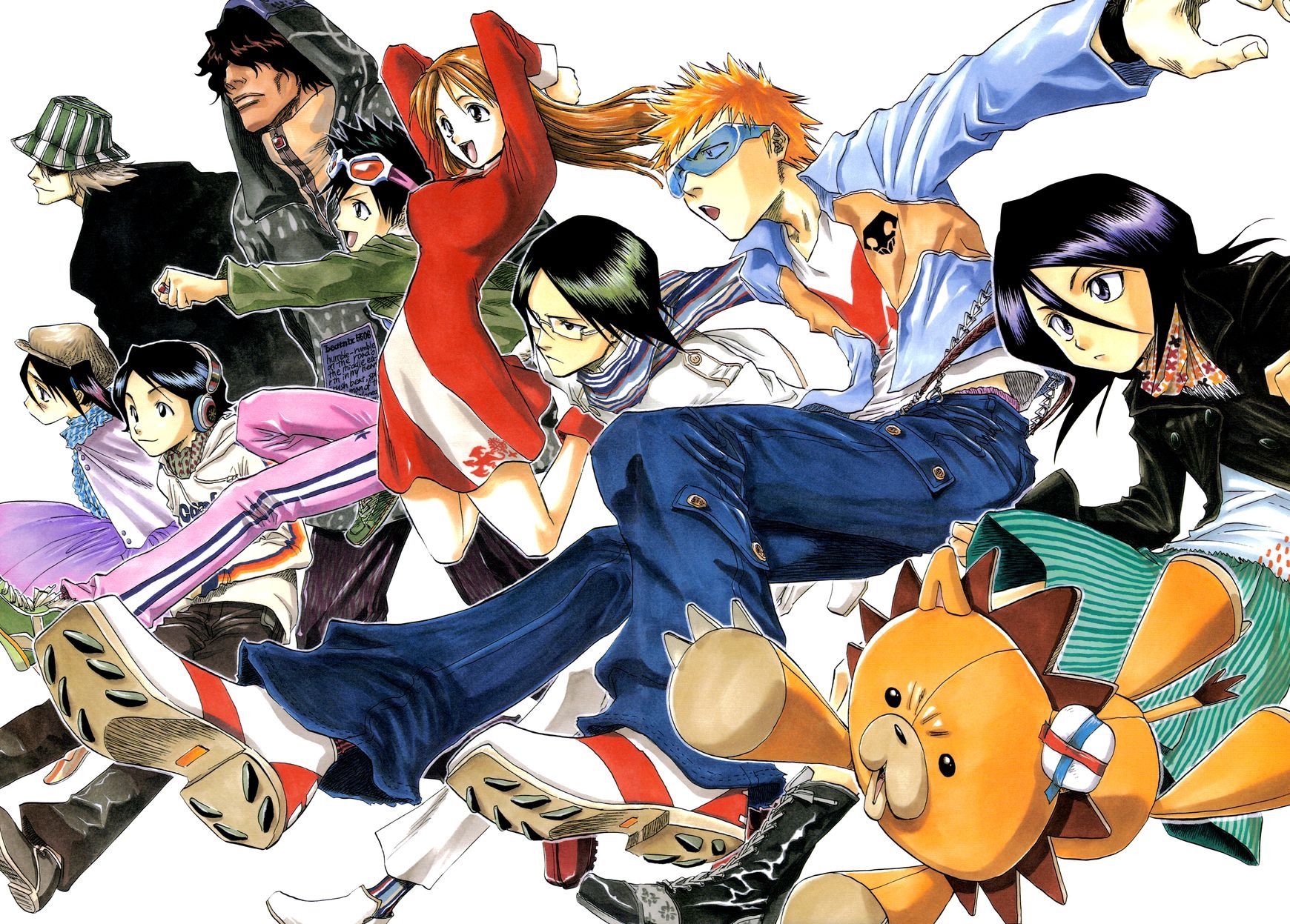Table of Contents Show
After concluding in 2016, Bleach by Tite Kubo remains one of the highest-rated shonen series. It was incredibly successful during its run time alongside other popular Shonen Jump works, One Piece and Naruto. Together, these three series comprised what has been referred to as “the big three.” What set Bleach apart from the other two series was not only its art style, its setting taking place partially in modern-day, or its high school protagonist trying to balance school and home life along with being a supernatural fighter; it was also its effortless inclusion of POC characters.
The anime/manga industry has a real issue of under-representation. While anime and manga were originally targeted towards a Japanese audience, their popularity has increased over the past few decades outside of Japan. As a result, they have become more accessible, and with this, the audience has become more racially diverse. Unfortunately, Japan isn’t the most racially diverse, which could account for the lack of consideration of POC characters in works. This is no excuse to keep POC characters out of these stories, however, especially since many of these stories center on characters who are outcasts and “othered.”
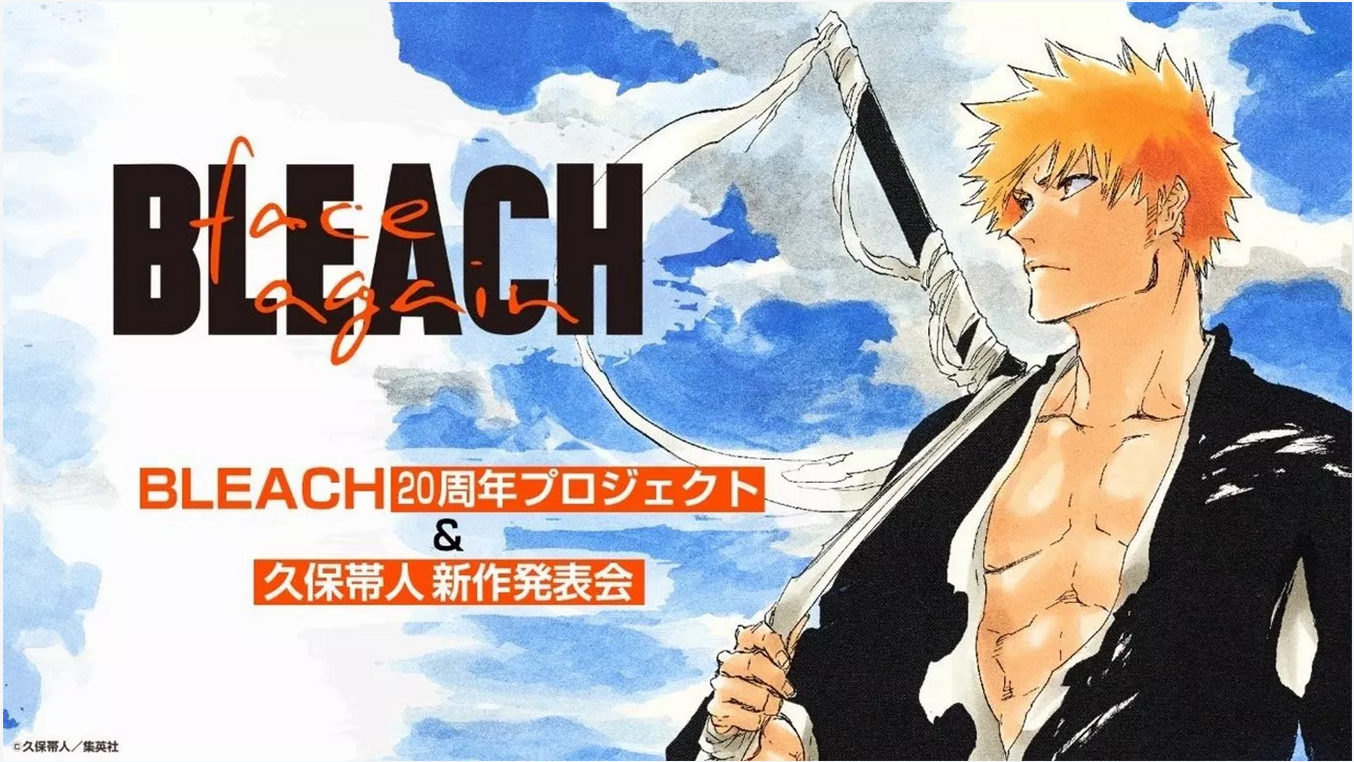
POC characters like Yasutora Sado (Chad), Yoruichi Shihōin, and Kaname Tōsen were seamlessly incorporated into the world of Bleach. Kubo included POC characters as both the heroes and the villains while also giving them depth as individual characters. However, Kubo’s representation was far from perfect in regards to a few character designs. Despite this, Kubo was doing what few creators were doing in the anime/manga industry at the time: including and empowering POC characters. With a final season of the anime in production and the story continuing in light novel form, as well as Kubo returning to the world of Bleach in his new manga and one shot, it is important to see how the series did with POC representation and how far the anime/manga industry has come since its initial airing.
The Story of Bleach (2001-2016)
Bleach was a manga series that was serialized in Weekly Shonen Jump from 2001 to 2016. The anime aired from 2004 to 2012 in Japan and from 2006 to 2014 in the United States. It follows the story of Ichigo Kurosaki, a 15-year-old high school student who can see ghosts. He tries to live a normal life while avoiding the daily nuisance of seeing and occasionally helping ghosts; he meets a Soul Reaper named Rukia Kuchiki. During their fateful encounter as a Hollow makes an attempt on the lives of Ichigo’s family, he becomes a Soul Reaper himself to save everyone.
The story sports a large ensemble cast of heroes and villains. Ichigo and his friends from the world of the living and the Soul Society progress through the story, trying to save their friends, their worlds, and the delicate balance between the worlds of the living and the dead. Bleach progresses linearly through the Soul Reaper Arc, where Rukia trains Ichigo to use his new Soul Reaper powers. The Soul Society Arc follows, where Ichigo and his friends break into the otherworldly Soul Society and confront the Thirteen Court Guard Squads to save Rukia from execution.
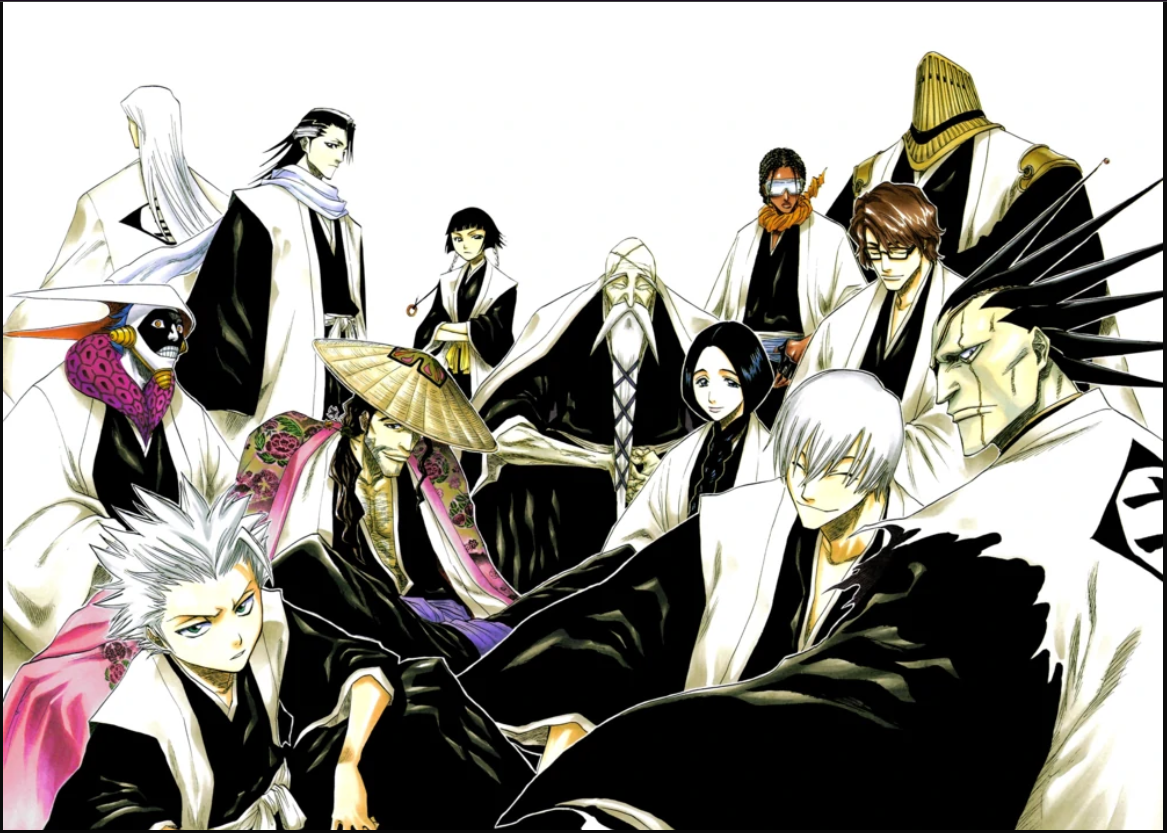
Then is the Arrancar Arc, where Ichigo and the Soul Society are faced with the new threat of Arrancars, humanized Hollows with Soul Reaper powers, as well as the Visors, mysterious soul reapers with Hollow-like powers. This leads directly into the Hueco Mundo Arc where Ichigo and friends must travel to Hueco Mundo, the world of the Hollows, to confront the Espadas, high ranking Arrancars, and their leader, the traitorous, former Captain Sosuke Aizen, in order to save Orihime, who’s been taken prisoner. “The Lost Agent Arc” follows after a 17-month time skip with Ichigo, now 17 and having lost his powers after defeating Aizen, must work with a mysterious group known as the Fullbringers to regain his lost Soul Repear powers. Finally, the story concludes with the Thousand Year Blood War Arc in which Ichigo and the Soul society face their greatest threat with the revived group of Quincy and their leader, Yhwach.
The Fearless POC Of Bleach (2001-2016)
POC characters in Bleach are given the opportunity to shine in their individual stories. For most of them, they are respectful and empowering POC representation both in design and story. While Kubo has written some outstanding POC characters, there are still faults in a few designs and characterizations.
Yasutora Sado (Chad)
The very first POC character we encounter is Chad, Ichigo’s friend from middle school. He is a quiet, “gentle giant” type character who tries to avoid fights but always finds himself drawn into one by people who want to fight him. This is the only POC character whose race is confirmed. He is of Japanese and Mexican descent from his grandfather’s side, which he highly regards. His grandfather taught Chad never to raise his fists against someone unless it is to protect another. Kubo has written Chad to be a loyal friend to Ichigo, who is willing and ready to go into battle with him.
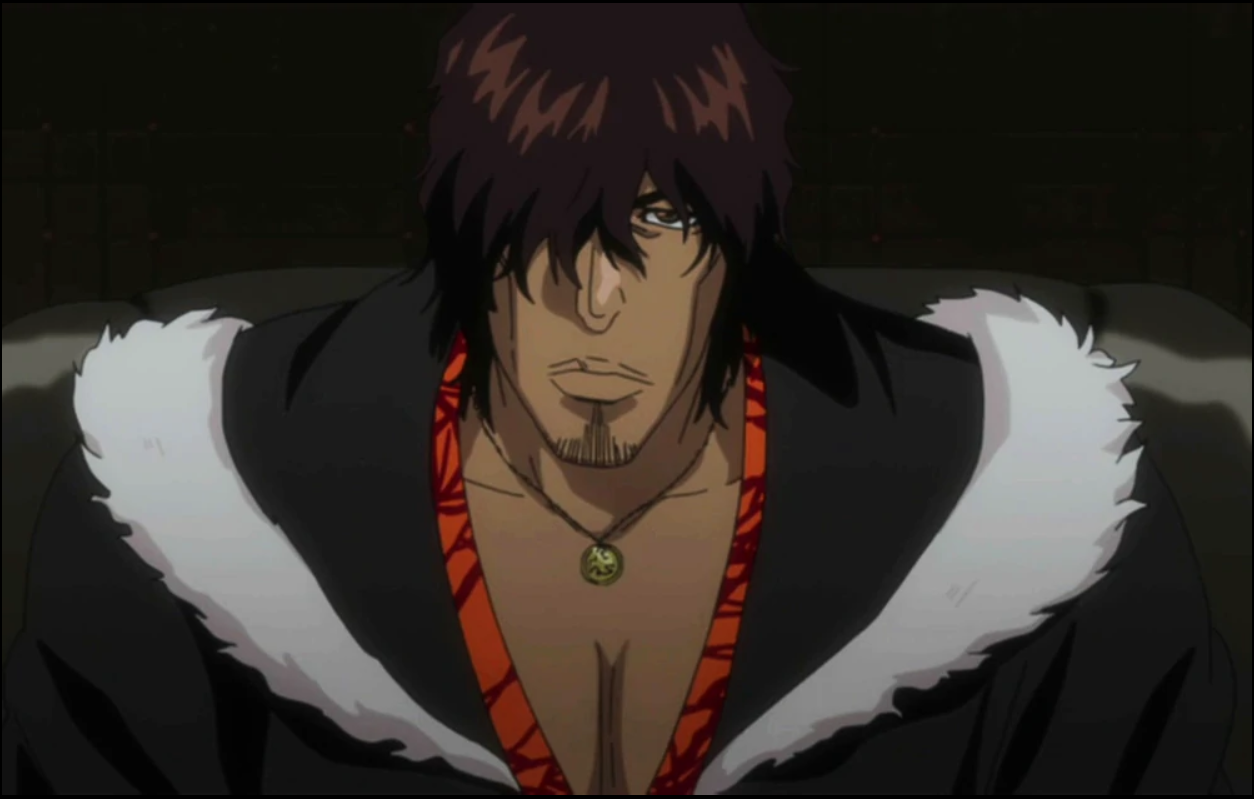
With the inclusion of Chad in the main cast, audiences were exposed to a mixed Japanese-Mexican character who has pride in his heritage. Chad doesn’t fall into negative stereotypes as a Mexican character both in his design and characterization. He’s intelligent and works hard in school, and is often the voice of reason for Ichigo. He maintains a level head during battle and is observant. At the end of the series, Chad is the only one of his friends who achieves fame and status as a professional boxer. Kubo also didn’t shy away from showing the discrimination Chad faced while in middle school due to his height and skin color.
Yoruichi Shihōin
The next prominent character audiences were introduced to was Yoruichi. Initially appearing in cat form and later revealing herself to be a woman, she helped train Chad and Orihime in controlling their newfound powers. She also helped Ichigo and friends storm the Seretei in an effort to rescue Rukia. She plays a minor supporting role after the Soul Society Arc, but she is another positive POC character. She is viewed as one of the strongest female characters in the series, having previously been the head of the noble Shihōin family and the captain of Squad 2 and the Punishment Force.
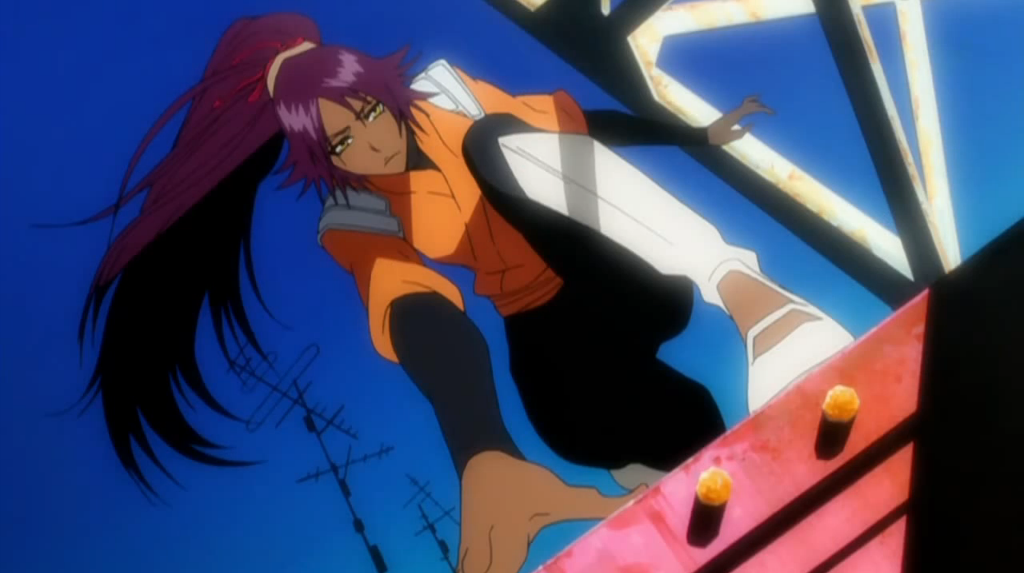
However, she is racially ambiguous. It is never explicitly stated if she is Black or of indigenous descent, but fans have opted to claim her as a Black character (( Graves, Joshua. “Bleach is Still the Best Shonen for Black Characters.” CBR.com, 23 July 2020. )) While Yoruichi is a powerful character who never backs down from an enemy and is incredibly intelligent, she faces the same problem that a lot of female anime characters face: over-sexualization. When Yoruichi reveals her human form, she is completely naked. The excuse for this being that she had been in cat form for so long she just got used to being without clothes. When she clothes herself afterward, her outfit isn’t sexual at all; it covers her arms, chest, and legs while still allowing her to fight. However, when she appears in later arcs, she often is seen sporting a black, sleeveless bodysuit while in combat.
Kaname Tōsen
Kaname is the former captain of Squad 9. He was written as a noble character who took the path “with the least bloodshed.” However, he was also born blind. Being both a Black character and disabled while also holding a position of power, he was a rare empowered intersectional character in anime and manga. He never felt limited by his blindness and, in fact, claimed it as a strength; since he cannot see, he trained his other senses to allow him to avoid enemy attacks from all sides.
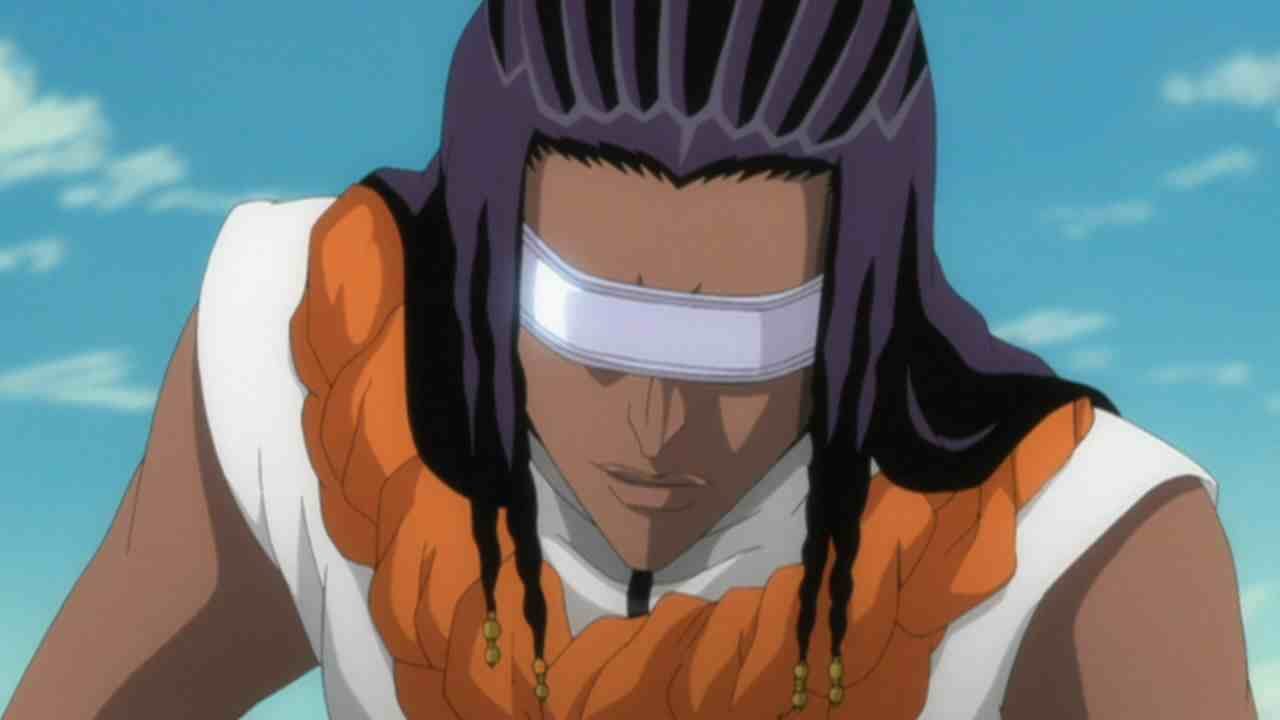
Even when he joined Sosuke and became the main antagonist, he remained a noble character. Kubo made Kaname complex, revealing that he joined the Thirteen Court Guard Squads in order to avenge his dead friend, who was a soul reaper. He also hated the world his friend loved so much because it took her away from him and let her killer go free. Nothing about his design is exaggerated nor stereotypical of a Black character. Kubo even highlights his hair by braiding it in varying styles.
Tier Harribel and Franceska Mila Rose
Harribel and Mila Rose were both Arrancars, with Harribel being the 3rd ranked Espada and later being the ruler of Hueco Mundo with Mila Rose as one of her subordinates. They are both incredible fighters, possessing immense physical strength and combat abilities. However, Harribel is calm and quiet, while Mila Rose is more aggressive and often gets into loud altercations with Sun-sun and Apache. These are our first antagonist female POC in the series.
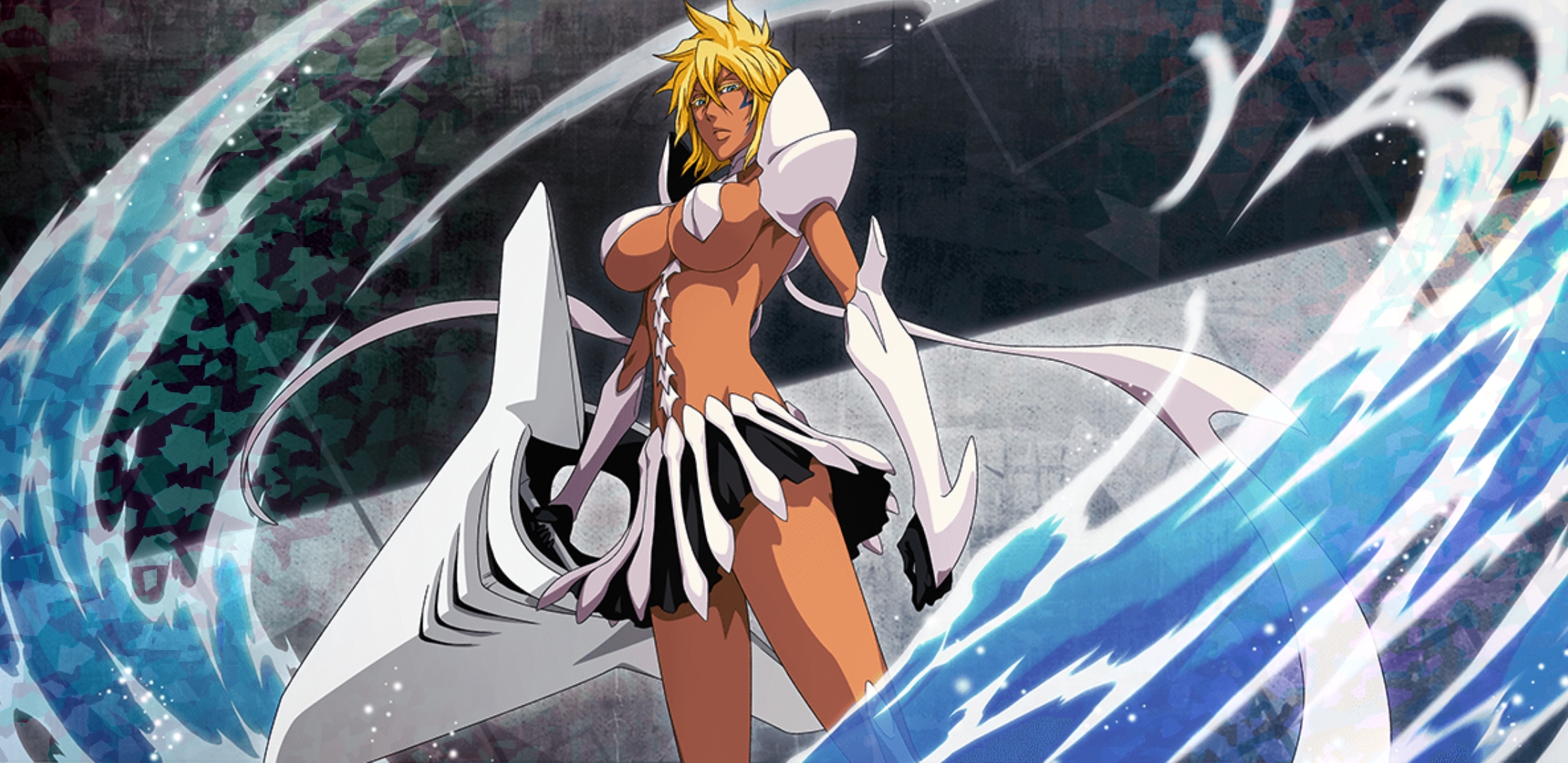
Despite both being strong female POC in the series, their designs are flawed. Kubo has again hypersexualized two female characters. They both dress in revealing clothing that exposes their breasts. Arrancars have a released state that grants them more power in battle; in these states, their outfits become more revealing.
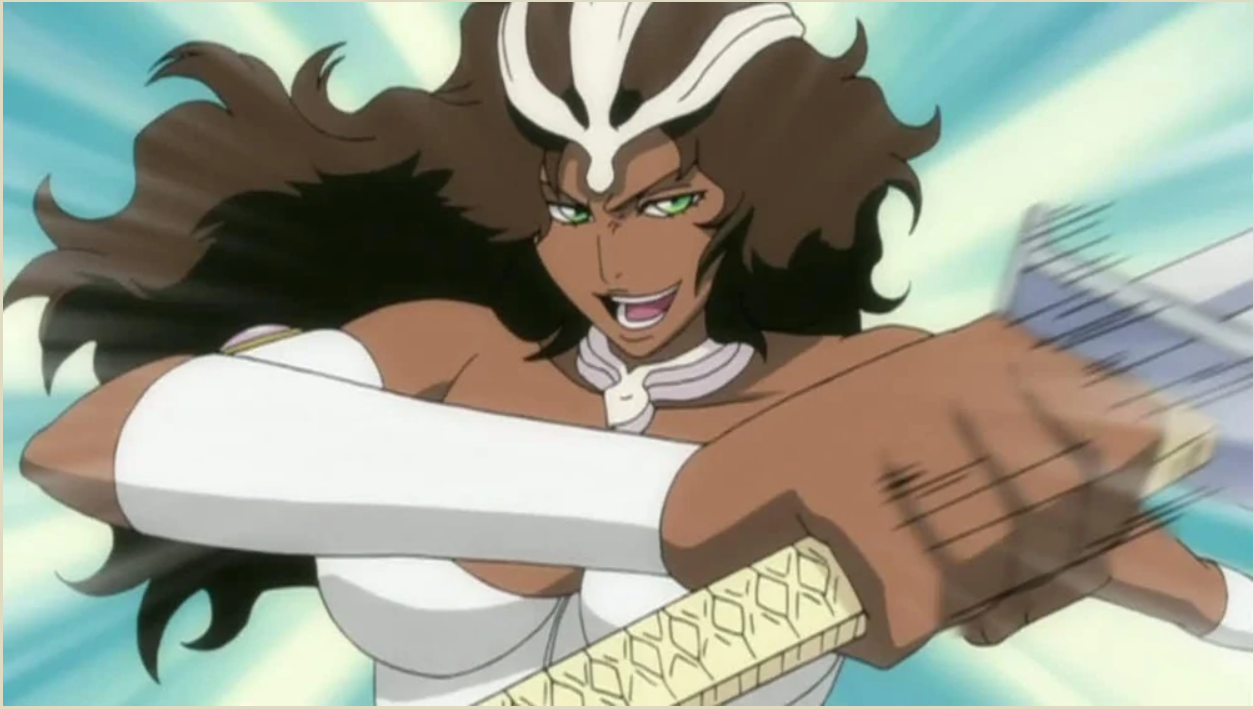
This leads to the greater issue that POC women, especially Black female characters, face in their stories: hypersexualization. Kubo hypersexualizes many female characters in Bleach, unfortunately, but he was not alone in this. A majority of shonen series have hypersexualized their female characters at some point; that is one aspect of the anime/manga industry that has yet to change.
The Current State Of Representation In Anime
No doubt, anime, and manga still have a long way to go in terms of racial diversity. Most characters in anime/manga are light-skinned, and a tiny percentage of dark-skinned characters are usually supporting or side characters. Furthermore, anime/manga creators, especially older artists, have often fallen into drawing dark-skinned/Black characters with racist caricature features such as round pink lips, pitch-black skin, and/or beady-looking eyes.
Most artists now have improved and no longer draw their darker-skinned characters with such features; the round pink lips have not yet left some older creators. This is also not to mention that POC characters can often be written to either be antagonists or exotic as opposed to their fair-skinned counterparts. Unfortunately, it is still rare to find a series that includes POC characters, has them as main characters and portrays them respectfully. Oftentimes, the same few anime get recommended for their positive portrayal of POC characters.
Anime such as Michiko & Hatchin, Afro Samurai, and Carole and Tuesday tend to be highly regarded for their racial diversity. However, there have been active efforts by a few creators in the anime/manga industry to include POC characters. Shinichirō Watanabe is a Japanese writer and director who has actively made an effort to feature Black characters in his works such as Cowboy Bebop, Carole and Tuesday, and Samurai Champloo. In addition, he has also been actively trying to include diversity in his works not just through the characters’ skin and features but also through languages used (( Navarro, Grayson. “Racial Diversity and Representation in Anime.” The Stinger, 26 February 2021 )).
Laying the Ground Work For Future Series
Bleach certainly wasn’t the only anime to include multiple POC characters. Naruto had its fair share of Black characters with the people of Kumogakure. However, this group didn’t appear until further into Naruto’s serialization with Naruto:Shippuden, and there are no POC main characters or side characters until their introduction. Bleach also isn’t perfect in its representation; other series, such as those mentioned earlier, do a much better job of giving POC female characters a positive representation.
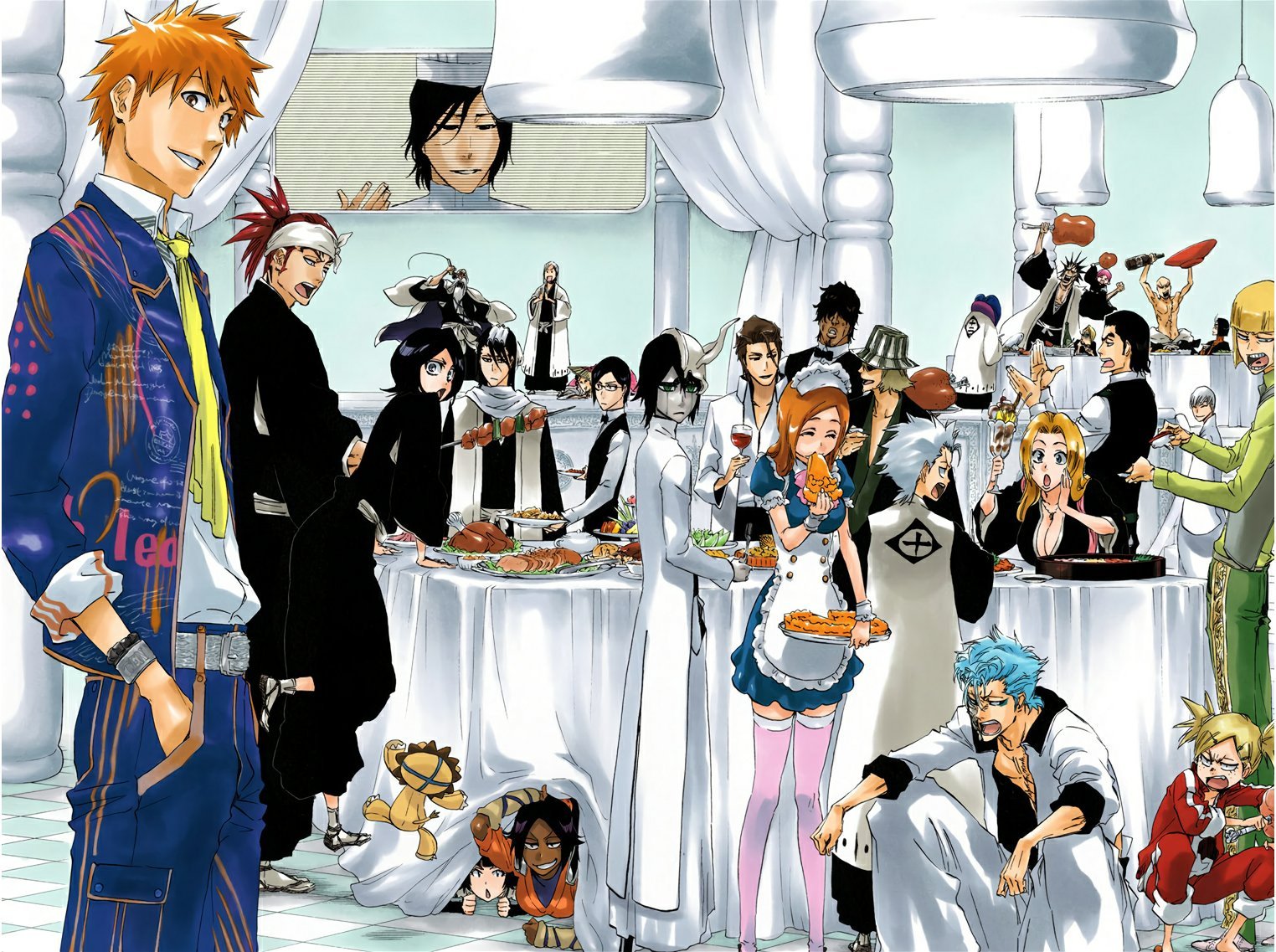
Positive POC representation is something the entire anime/manga industry needs to work on improving. Even so, Kubo wrote complex and heroic POC characters. These characters were allowed to have their own personality and motivation separate from the main protagonist. As a result, they stood out to audiences because of their strength and individuality. With its unique position as one of the “big three,” Bleach was certainly instrumental in bringing positive racial diversity to the attention of anime/manga fans.
